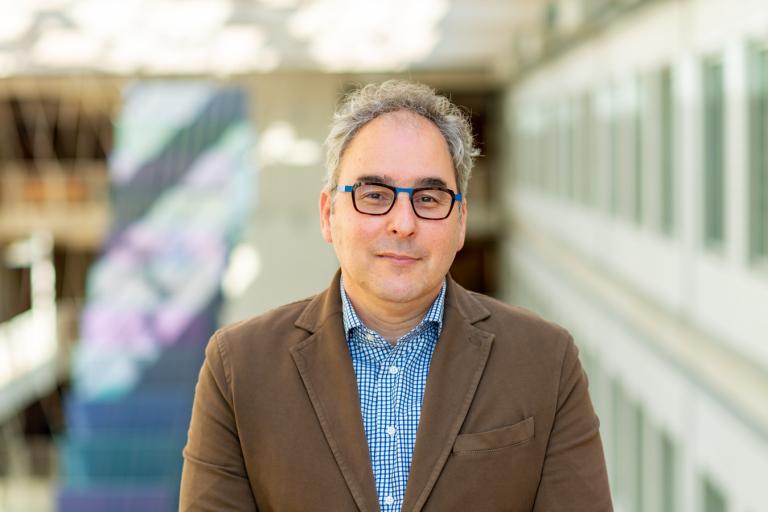Blog post: Antibiotics do more than causing resistance
By Marc Bonten
A couple of days ago in a study on continuous antibiotic prophylaxis in children with severe vesicoureteral reflux was published in the NEJM. An international open-label RCT with 292 kids enrolled over a period of 7 years (!).
|
Marc's blog has a new home. Head over to letstalkscience.eu to read his latest blog posts. Let's talk science! |
The aim of the study was to quantify the effect of prophylaxis on first occurrence of urinary tract infection (UTI). Expectations for sample size calculation were a first UTI incidence of 35% in untreated kids and a demonstrated reduction of 15% (from 35%->20%) was deemed clinically important.
The incidence of first UTI was 35.6% and 21.2% in untreated and treated kids (hazard ration 0.55, 95% CI 0.35-0.86), almost exactly as assumed/hoped for! The number needed to treat to prevent one UTI was seven. No trends toward benefit of treatment for any of the secondary endpoints (kidney function and scarring).
Untreated kids had more UTIs and thus more microorganisms isolated (51 vs 31 in treated kids). E. coli, klebsiella, and proteus were more commonly found in untreated, whereas all pseudomonas infections (n=6) were found in treated kids.
Resistance to at least two first-line antibiotics (amoxicillin, amoxicillin–clavulanate, and second- or third-generation cephalosporin) was present in 16 of 31 isolates (52%) in the prophylaxis group and nine of 52 isolates (17%) in the untreated group (rate ratio 2.98 (95% CI, 1.50 to 5.92).
Authors: “The small but significant effect of continuous antibiotic prophylaxis in preventing UTI, with no evident effect on kidney scarring in the sample enrolled, must be weighed against the development of antibiotic resistance.”
But the “evident effect” was considered important when designing the study, and the study was underpowered to determine effects on kidney scarring or antibiotic resistance.
Authors: “Although our trial showed a numerical benefit of primary continuous antibiotic prophylaxis in young infants with vesicoureteral reflux without preceding UTI, the results are of doubtful clinical benefit and we believe do not support the routine use of continuous antibiotic prophylaxis in this population.”
Take-home message: if you intend to spend more than seven years on executing an international RCT, make sure that the pursued effect on your primary endpoint is relevant (even seven years later).
Join the discussion
Share your thoughts with Marc via email and we might publish the exchange right here on this page.

About Marc Bonten
Marc is a professor of molecular epidemiology of infectious diseases at UMC Utrecht and has been a principal investigator in many large scale epidemiologic studies and investigator-initiated randomised trials of prevention and treatment of infectious diseases. Next to several important roles he performs at UMC Utrecht and various scientific bodies, Marc is Chief Executive Officer of the Ecraid foundation.
The views and opinions expressed in this post are those of the author and do not necessarily reflect the official policy or position of Ecraid.